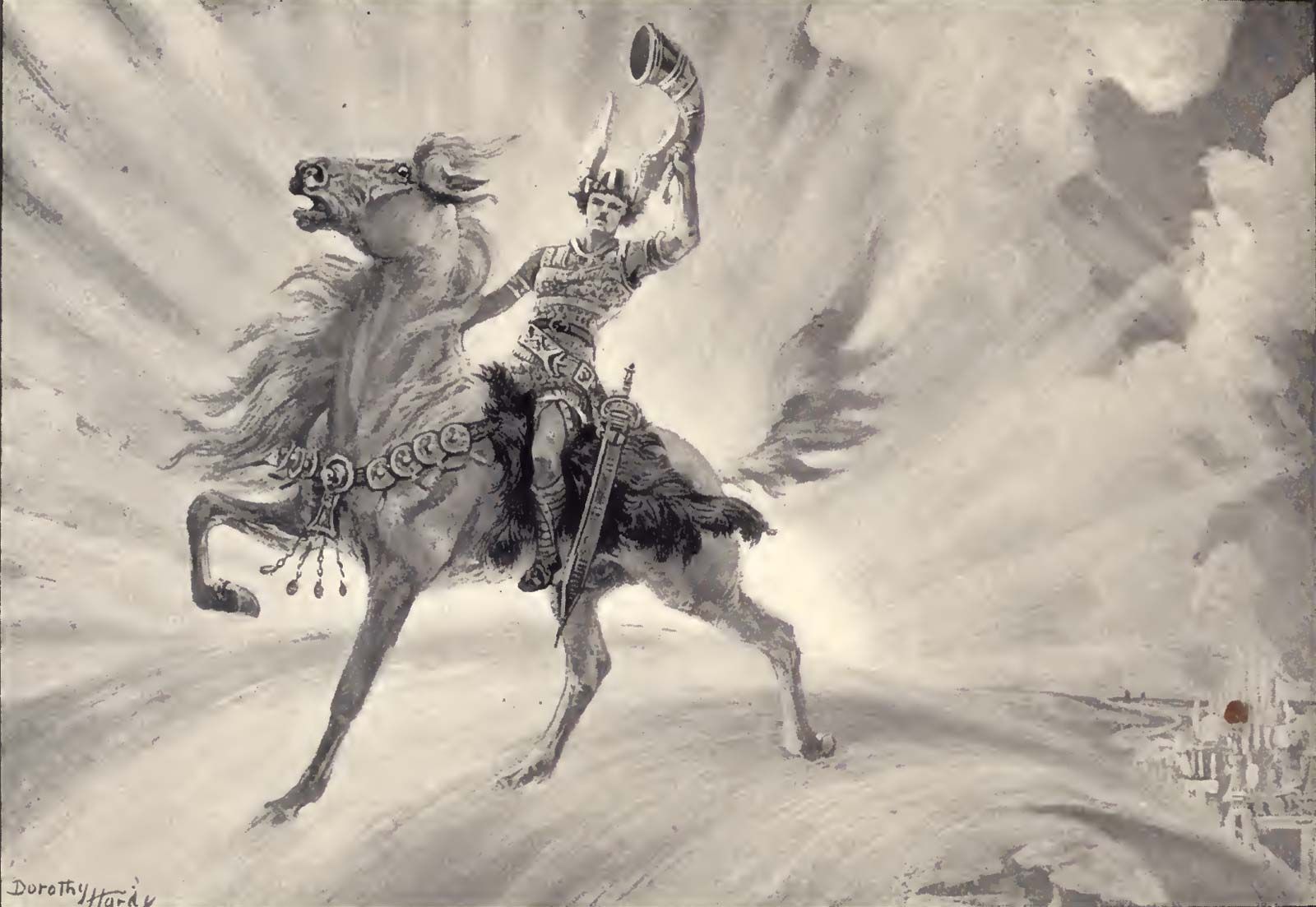Greek and Norse mythology feature powerful gods and goddesses with distinct personalities, strengths, and limitations. Greek gods, such as Zeus and Hades, had incredible abilities but also had human-like emotions that led to conflicts among themselves and mortals. Norse gods, such as Odin and Thor, had unique powers like telekinesis and the ability to control lightning, but also had vulnerabilities that mortal humans or rival gods could exploit. Both mythologies reveal how humans understand and reflect on the world around them, offering fascinating sources of inspiration and fascination.
Greek Gods vs. Norse Gods: Comparing the Powers and Limitations of Mythological Figures
Introduction
Mythology is full of fascinating stories of gods and goddesses from various cultures. The Greek and Norse myths are two of the most well-known and popular. Although both are ancient religious beliefs, there are notable differences between the two. The Greek and Norse pantheons feature intriguing characters, each with their unique powers, strengths, and limitations. In this article, we will explore some of these distinctions.
Powers of the Greek Gods
The Greek gods were beings of immense power and authority, and each god had unique abilities. Zeus, the king of the gods, was the god of thunder and lightning, capable of striking down his enemies with a single bolt. Hades, the god of the underworld, could not be killed since he was already dead. Poseidon was the god of the sea, controlling the tides and the monsters that lived beneath its surface. Apollo was the god of light, music, and prophecy, with the power to heal and bring death through his arrows. Artemis was his twin sister, goddess of the hunt and nature, gifted with the ability to communicate with animals.
Limitations of the Greek Gods
Despite their impressive powers, the Greek gods were not invincible. They were prone to human-like emotions and weaknesses, resulting in conflicts between themselves and mortals. For example, Aphrodite, the goddess of love, was vulnerable to jealousy and anger, manipulating others to get her way. Apollo was blinded by his pride, often punishing humans for perceived slights. The gods formed alliances to gain power, causing frequent wars and battles.
Powers of the Norse Gods
In the Norse myths, there were many powerful gods, each with distinct personalities and strengths. Odin was the Allfather, the god of wisdom, and leader of the Aesir. He was capable of long-distance projection, telekinesis, and clairvoyance. Thor, the god of thunder, possessed incredible strength, using his magical hammer Mjolnir to control lightning and blast his foes. Freya was the goddess of love, fertility, and war, employing her magical abilities to control the destiny of others.
Limitations of the Norse Gods
The Norse gods also had limitations. They could be killed or wounded, though it was not an easy task for mortal humans or even rival gods. Odin lost his eye to gain knowledge, while Thor was unable to cross bodies of water that were deeper than he was tall. Even the mighty Loki, the trickster god, met his end. The gods were also not immune to treachery, committing heinous acts against each other and mortals.
Conclusion
In conclusion, the Greek and Norse pantheons offer various gods and goddesses with their strengths, weaknesses, and limitations. No deity or mythological figure is invincible or perfect. Each shines in their unique way, showing how humans understand and reflect on the world around them. While the Greek and Norse myths may appear similar or different depending on the viewer, it is undeniable that they remain fascinating sources of inspiration and fascination.
